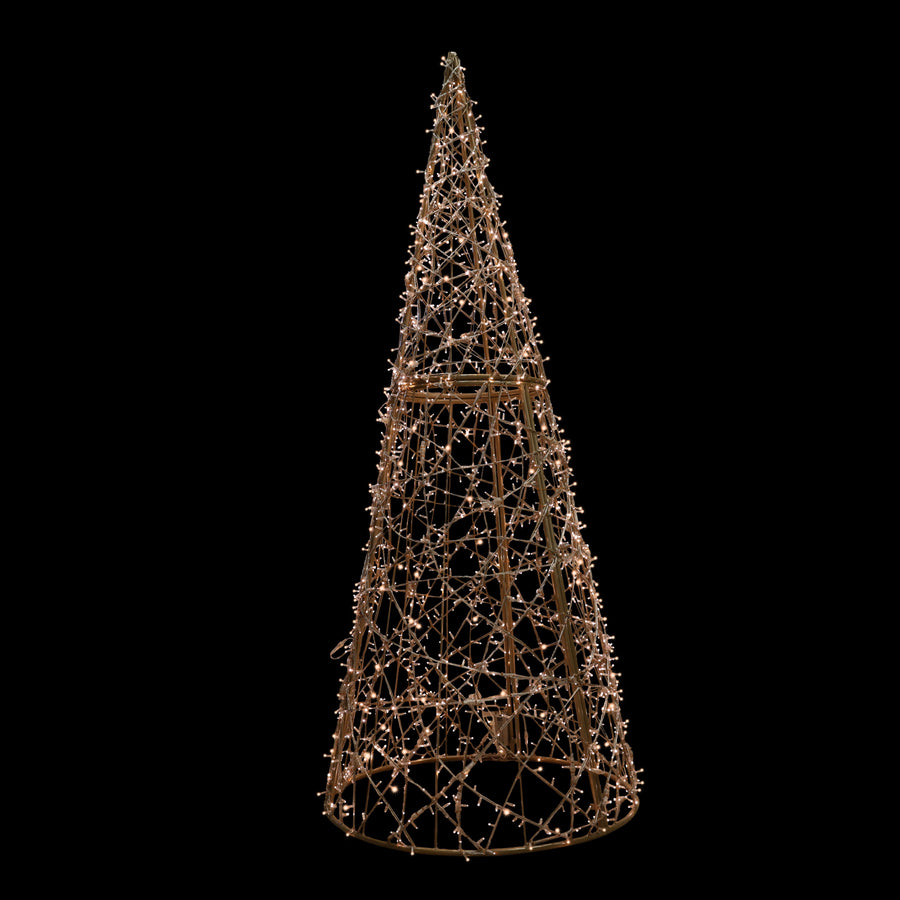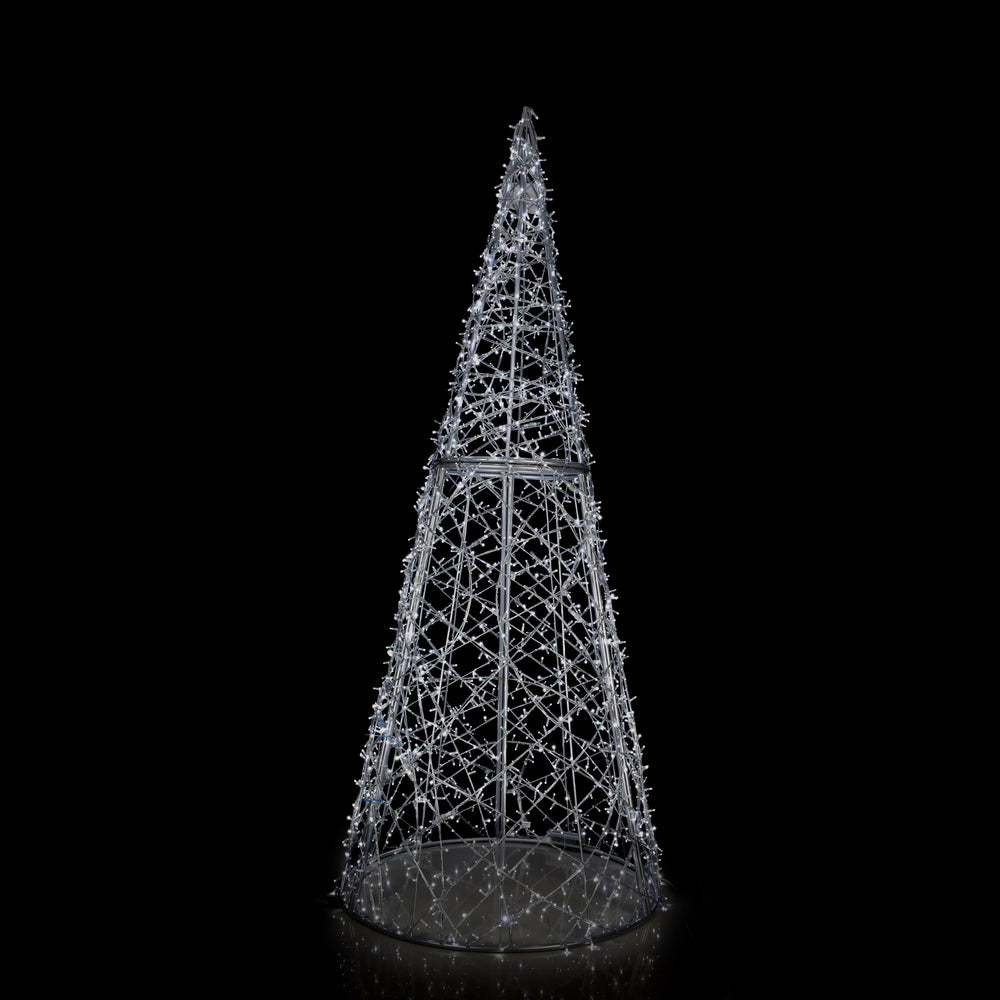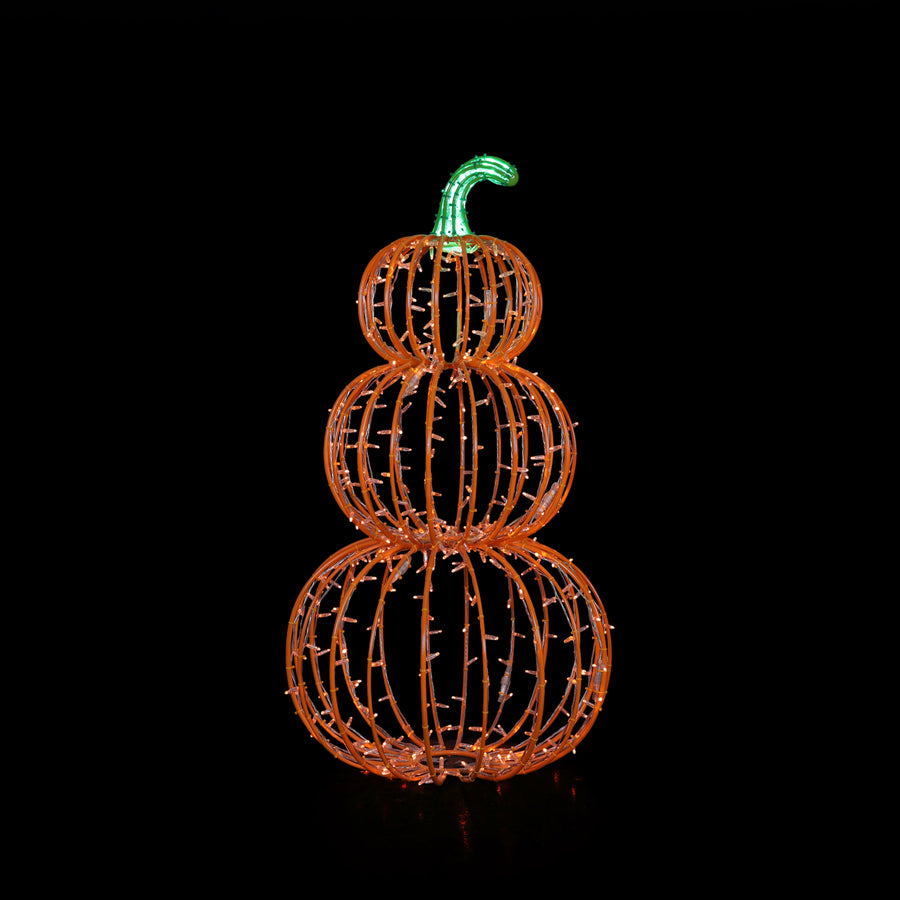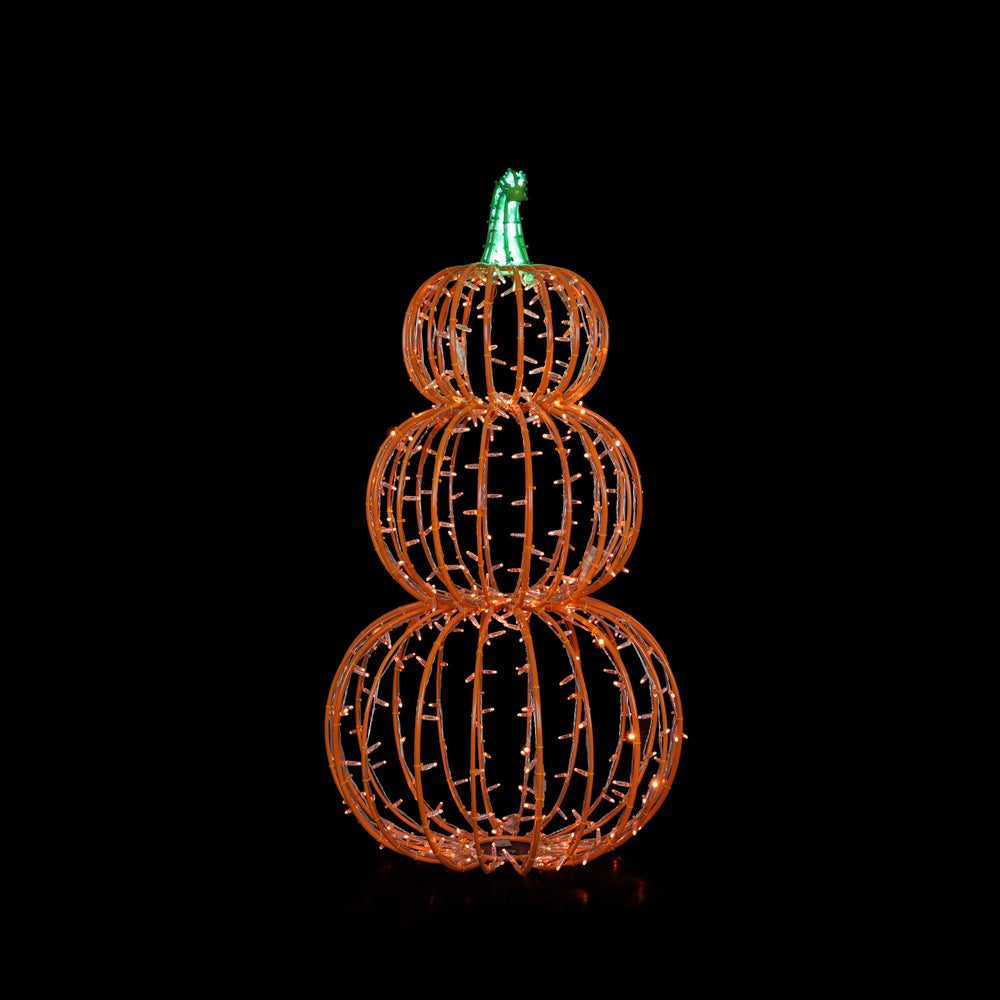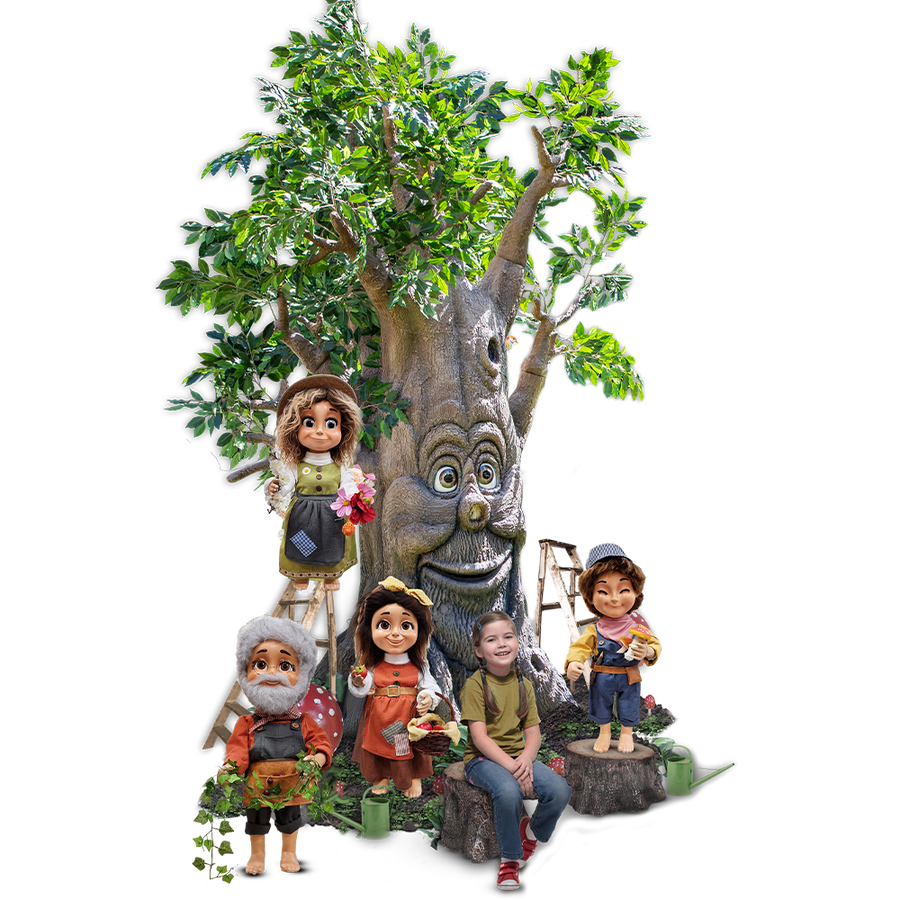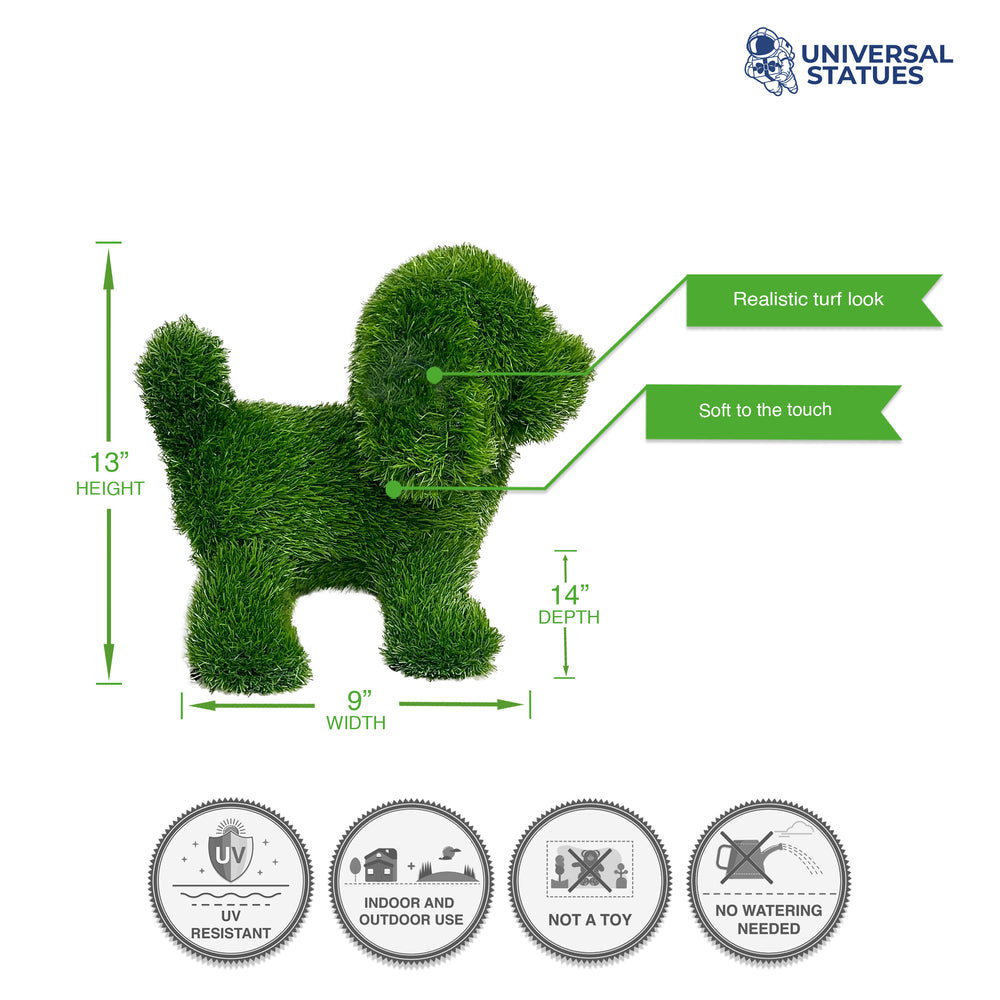The Fine Craftsmanship of Christmas Animatronics
It began with an idea as old as time: to make the inanimate move. Long before waving Santas graced front lawns or reindeer nodded at passersby, the roots of animatronics were buried deep in history. People marveled at the idea of lifelike movement—at the thought of creating figures that could move, almost as if by magic.
World before Animated Christmas Decorations
Animatronics, in their simplest form, have been around for centuries. In the Middle Ages, craftsmen built intricate mechanical figures—automatons—that could move using gears and springs. These early inventions were wonders of their time, often displayed in grand courts or public squares. They were the beginning, though few people could imagine what would come next.

For a long time, animatronics stayed within the realm of art and craftsmanship. Mechanical figures that moved or played music were rare, and they were seen mostly in private collections or grand exhibitions. These figures were admired for their precision and beauty. But for most people, they remained out of reach—an awe-inspiring display but not something that would ever be part of everyday life.
The forerunner of Animated Christmas decor
The shift from rare, intricate automata to large-scale animatronics for the public came much later, in the mid-20th century. One major figure in the entertainment world saw the potential of using technology to create lifelike figures that could move and interact with people. He wanted to bring these characters to life in a way that went beyond what anyone had seen before.
It was during this time that icons like Elektro and Sparky entered the scene, dazzling audiences with their ability to walk, talk, and perform tasks in a way that seemed almost human. Elektro, one of the earliest humanoid robots, and Sparky, his dog companion, were trailblazers in the field of animatronics, representing the first real steps in merging technology with lifelike performance.

Elektro the Moto-Man, a groundbreaking humanoid robot created by Westinghouse Electric Company in 1937. On display at the Mansfield Memorial Museum in Mansfield, Ohio.
It was here that the modern animatronic was born. Engineers and artists worked together to build figures that could walk, gesture, and even speak. These creations, made for theme parks and public exhibitions, brought a sense of magic to anyone who saw them. They weren’t static statues anymore—they moved, they lived, and people were amazed.
The rise of animated Christmas Decor
It didn’t take long for animatronics to find their way into holiday decor. People were no longer satisfied with simple, still decorations. They wanted more. They wanted Santa to wave, snowmen to tip their hats, and reindeer to nod as though preparing for flight. Animated Christmas decorations soon became part of the tradition, with both indoor and outdoor animated Christmas decorations growing in popularity.

At first, these moving decorations were grand displays, found in large stores or city squares. They were a marvel for families to visit, gathering around to watch figures that seemed alive with the magic of the season. Children pressed their faces to the glass, staring at the dancing figures, while adults smiled, remembering the days when a string of lights had been enough. The decorations had changed, but the wonder remained.
The Rise of Animated Christmas Decor in Our Homes
By the late 20th century, the technology had become more accessible. Animatronic decorations were no longer limited to large public displays—they began appearing in homes. Families could now place moving figures in their living rooms or front yards. A Santa by the tree might wave as guests entered, or a snowman outside could give a gentle nod to those passing by.
It was no longer just lights that made a holiday display. It was life. Animatronic Christmas decorations added something more than just sparkle—they added movement, turning homes into lively, animated scenes.

Manufacturers began producing affordable versions of these once-high-tech wonders. Families across the country embraced the magic, filling their homes with Christmas animated decor that brought joy not only to them but to everyone who passed by. Santa didn’t just stand there anymore—he waved, winked, and added a touch of magic to every home he adorned.
The magic of Animatronics Christmas
Today, animatronics have become a central part of holiday decorating. What started as a rare, mechanical curiosity has evolved into something that brings joy to homes everywhere. Animated outdoor Christmas decorations now light up entire neighborhoods, with moving figures that seem almost alive. Reindeer swaying in the yard, elves working away by the workshop, and Santas that wave from porches—these are the sights of the season.
But though technology continues to advance, the heart of it all remains the same. Animatronics are about bringing something still to life, about creating movement and magic where there was once only stillness. They remind us of the wonder that lies in both tradition and invention, of the joy that comes from seeing something familiar in a new way.
The story of animatronics is a story of imagination. It’s a story that began with the desire to make the inanimate move and has since evolved into something much more. Today, as you watch an animated Santa wave from a front yard or see reindeer readying for flight, you’re part of that story. You’re part of the magic. And with Universal Statues' collection of Christmas animatronics, from waving Santas to reindeer preparing for their midnight journey, you can bring that magic directly into your own home. Our collection brings the holiday spirit to life, turning stillness into a celebration of movement and joy, a timeless tradition that continues to enchant each holiday season.
FAQs
We provide a variety of Easter-themed decorations, including animatronic statues, LED displays, and seasonal décor for both indoor and outdoor settings.
Yes, many of our Easter items are designed for outdoor use. Check the product descriptions for details on weather resistance.
Yes, our collection features Easter statues with LED lighting and animated movements, perfect for adding a magical touch to your decor.
We recommend ordering at least two weeks before Easter to ensure your items arrive on time.
We recommend storing items in a cool, dry place when not in use and cleaning outdoor decorations with a damp cloth to maintain their appearance.


